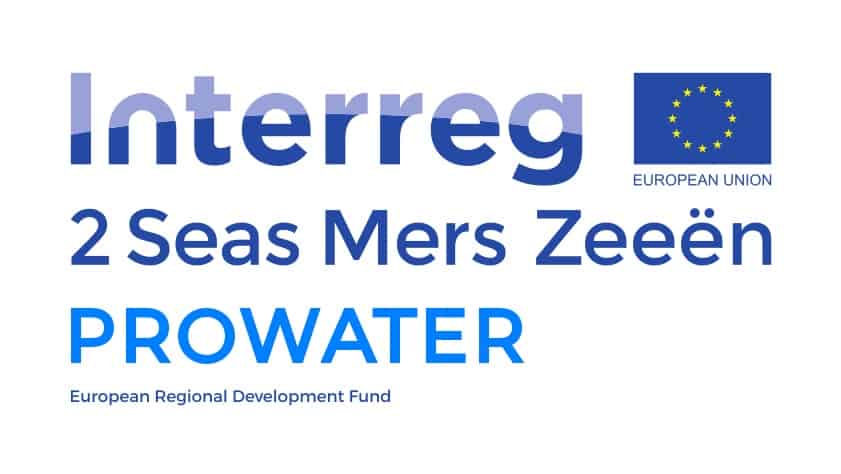Water is a vital resource for society and the basis of wildlife ecosystems. Climate change is bringing drier, hotter summers and wetter winters. By 2050, the region’s residents could be collectively short of at least one billion litres of drinking water per day. Restoring ecosystems – by boosting water retention across landscapes, improving the long-term stability of groundwater levels and river base flows – is vital.
The South East Rivers Trust is running one of 10 pilot schemes as part of PROWATER, financed by the Interreg 2 Seas European Regional Development Fund with ten partners from the UK, Belgium and the Netherlands.

